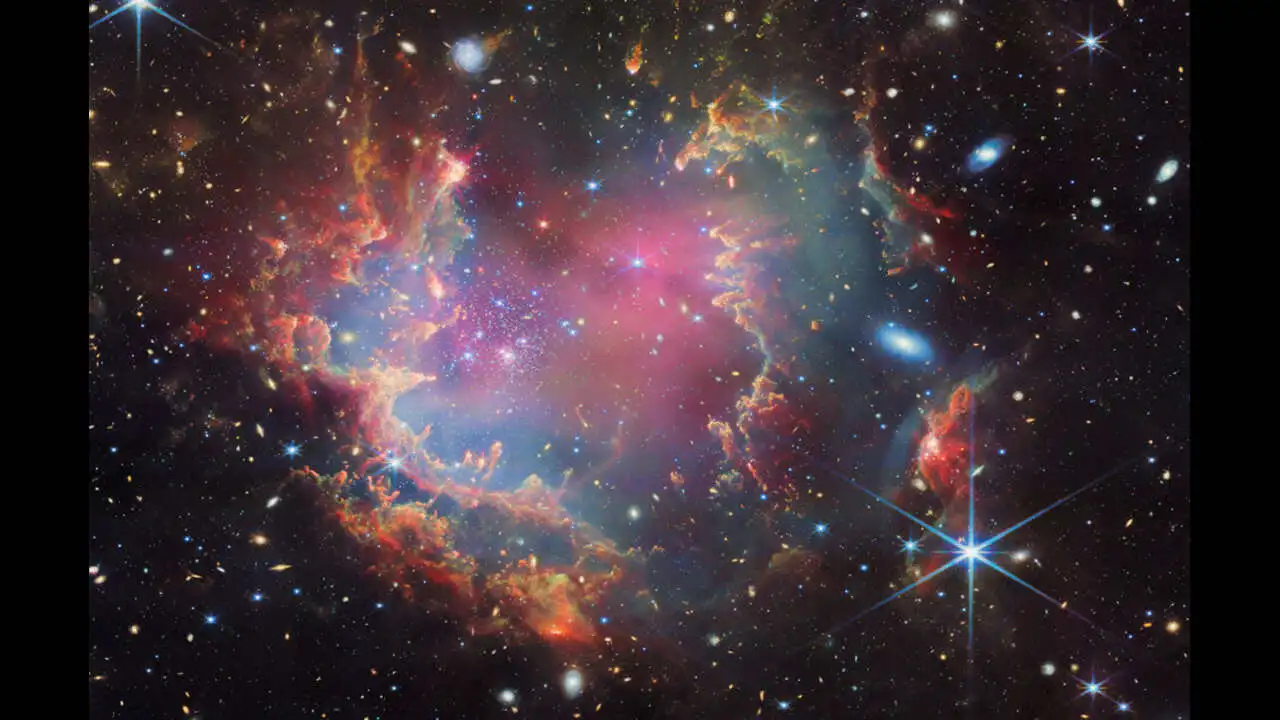| Summary |
|
Astronomers using the James Webb Space Telescope (JWST) have identified what may be the first young brown dwarfs ever found outside the Milky Way. The discovery was announced by the European Space Agency (ESA) on October 23.
The observations targeted NGC 602, a rich young star cluster on the outskirts of the Small Magellanic Cloud, a satellite galaxy about 200,000 light-years away. Webb’s Near-Infrared Camera (NIRCam) captured the detailed data in April 2023 as part of its General Observer program.
An international team including Peter Zeidler, Elena Sabbi, Elena Manjavacas, and Antonella Nota analyzed the data. Their findings revealed several candidates for brown dwarfs (objects that are too massive to be considered planets but not massive enough to sustain nuclear fusion like stars).
Brown dwarfs typically range between 13 and 80 times the mass of Jupiter. Until now, all confirmed examples had been found inside the Milky Way. If confirmed, these candidates would mark the first detection of such objects in another galaxy.
NGC 602 provides a rare environment for study because its chemical composition resembles that of the early universe. Webb’s imagery shows dark, dense dust clouds, ridges of gas, and signs of active star formation, offering astronomers a chance to trace how stars and substellar objects emerge in different galactic conditions.
NASA shared Webb’s new image of NGC 602 on X, calling it “rainbows and unicorns, like a middle school binder.” The colorful view shows a crowded region of stars, young stellar objects, and intricate structures of dust and gas, highlighting Webb’s ability to resolve distant clusters in unprecedented detail.
The telescope has previously delivered sharp images of massive clusters such as Westerlund 1, but NGC 602 stands out for its location beyond our galaxy and the potential breakthrough in identifying brown dwarfs there.

